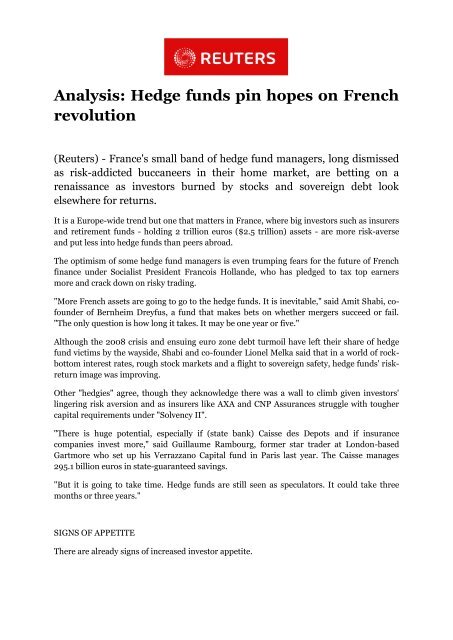



The view that all social norms are wrong and should be destroyed and society should be entirely planned on the basis of rationality seems to ignore the role that the particulars of given cultures and communities play. But, the latter reason is almost all more important, the way that the axiological critique is employed in modernity is dangerous. The will with the most numeric might oppresses the rest. The egalitarianism which lead to very strong democratic sentiments is dangerous because democracy is mob rule and with no bounds essentially all that occurs is might makes right dressed up as fairness. The unit is divided into three parts.The reason that the French Revolution failed was because of its egalitarianism and its approach which exemplifies the problems with Modernity and Enlightenment philosophy in general. The unit focuses on the social, political, and economic conditions that led to the end of the Old Regime and helps students consider why the attempt to establish democratic institutions failed. The French Revolution traces the history of France from the reign of Louis XVI to the rise of Napoleon Bonaparte.

An exciting central lesson helps students bring to life the political debate in France in 17. Students explore France’s political and social organization, its competition for empire, its financial crises, and the efforts to reshape French society. Why did the effort to establish a democratic system fail? Why did the new republican government resort to violence and repression? The French Revolution traces the history of France during this epoch. The Revolution also raised profound questions that remain relevant today. Over the next century, these ideas would begin to take root in other parts of Europe and across the world as well. It ended an absolute monarchy, and challenged the power of the church and hereditary nobles. In France, it transformed the relationship between the people and the government. The profound effects of the French Revolution stretch across borders and time. We strongly recommend using the second edition. Teachers: Are you using the first edition of this unit from 2009? If so, please contact us at for some information about the unit.


 0 kommentar(er)
0 kommentar(er)
